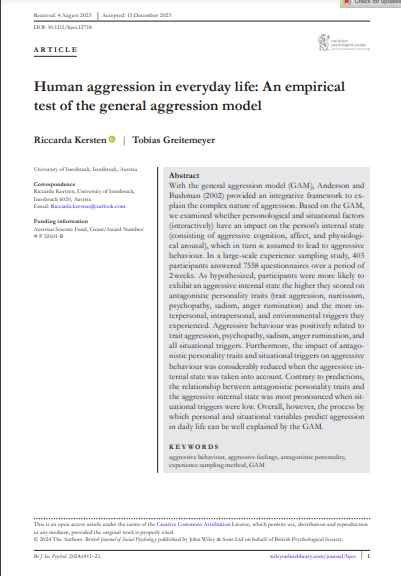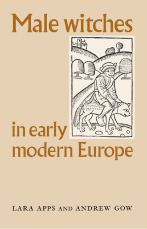By M. David Ermann and Richard J. Lundman
Corporate and Governmental Deviance is the most complete and accessible treatment and exploration of the deviant behavior of big business and big government. Now in its fifth edition, this popular collection has been thoroughly updated to include an expanded introductory essay by the editors, new selections on corporate cover-ups, including such controversial issues as the Pinto fire hazards, the health risks associated with Rely tampons, as well as the current debates on excessive force by police and price-fixing. Moral issues within government, such as the rationalization of the use of genocide during the Nazi Holocaust, along with an essay of the media coverage and the public reactions to such crimes are covered as well. The new edition also retains the familiar classic essays by major scholars featured in previous editions. Intended for use in sociology and criminology courses, this book provides readers with an even clearer appreciation of the fact that organizations, and not just individuals, commit acts of deviance.
Oxford University Press, 1996, 331 pages





















